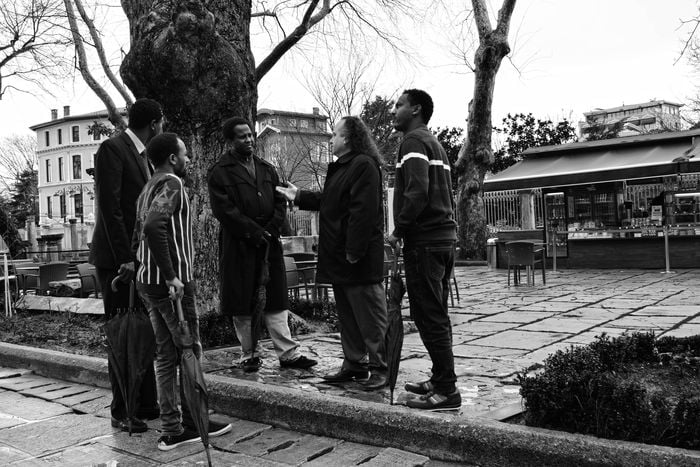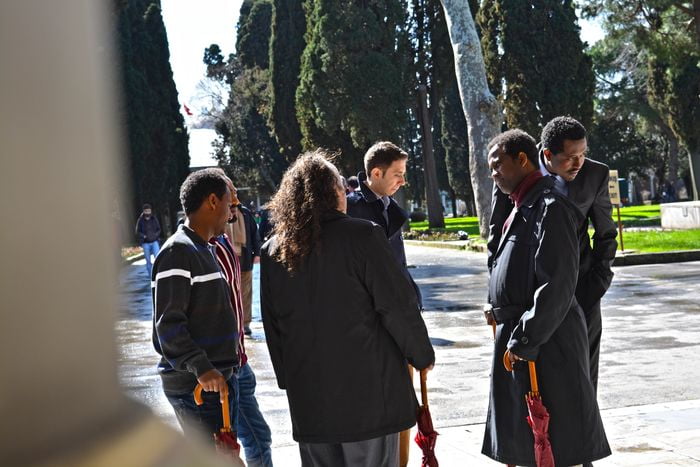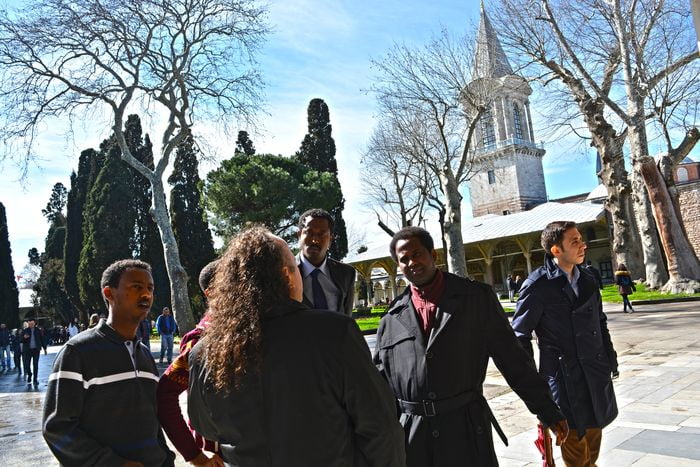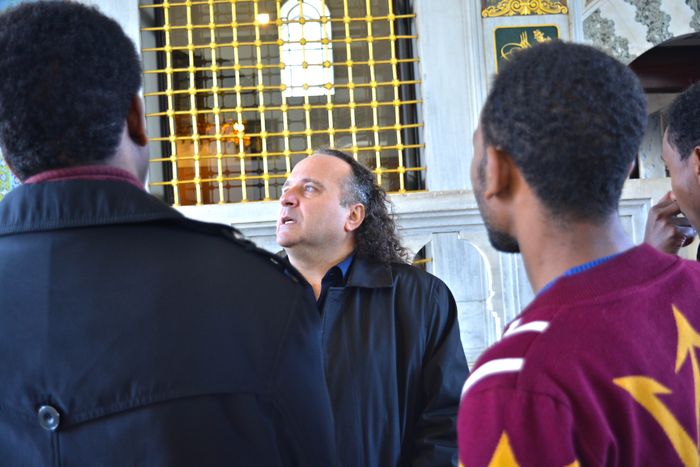Anyone would say that our incapacity for reaching the contemplation of intellectual things, and our need of familiar and cognate mediums, make it necessary that immaterial things should be clothed in form and shape. If, then, holy Scripture adapts itself to us in seeking to elevate us above sense, does it not make images of what it clothes in our own medium, and bring within our reach that which we desire but are unable to see? The spiritual writer, Gregory, says that the mind striving to banish corporeal images reduces itself to incapability.
But from the creation of the world the invisible things of God are made clear by the visible creation. We see images in created things, which remind us faintly of divine tokens. For instance, sun and light and brightness, the running waters of a perennial fountain, our own mind and language and spirit, the sweet fragrance of a flowering rose tree, are images of the Holy and Eternal Trinity.
The fifth kind of image is that which is typical of the future, as the bush and the fleece, the rod and the urn, foreshadowing the Virginal Mother of God, and the serpent healing through the Cross those bitten by the serpent of old. Thus, again, the sea, and water and the cloud foreshadow the grace of baptism.
Glory and abiding memory
The sixth kind of image is for a remembrance of past events, of a miracle or a good deed, for the honour and glory and abiding memory of the most virtuous, or for the shame and terror of the wicked, for the benefit of succeeding generations who contemplate it, so that we may shun evil and do good.
This image is of two kinds, either through the written word in books, for the word represents the thing, as when God ordered the law to be written on tablets, (Deut. 5.22) and the lives of God-fearing men to be recorded, (Ex. 17.14) or through a visible object, as when He commanded the urn and rod to be placed in the ark for a lasting memory, (Ex, 16.33-34; Num. 17.10) and the names of the tribes to be engraved on the stones of the humeral. (Ex. 28.11-12)
And also He commanded the twelve stones to be taken from the Jordan as a sacred token. (Jos. 4.20ff) Consider the prodigy, the greatest which befell the faithful people, the taking of the ark, and the parting of the waters. So now we set up the images of valiant men for an example and a remembrance to ourselves. Therefore, either reject all images, and be in opposition to Him who ordered these things, or receive each and all with becoming greeting and manner.
Read More about Apologia of St John Damascene Against those who Decry Holy Images Part 34








